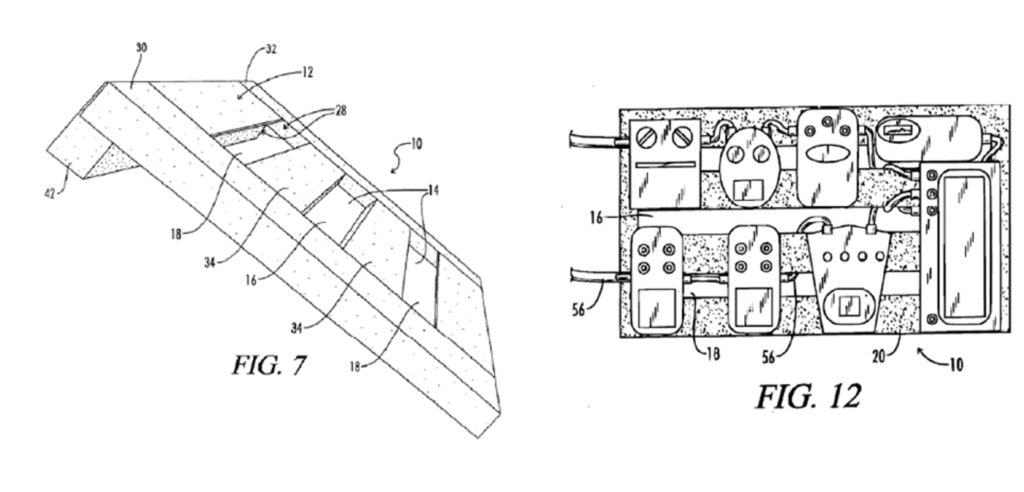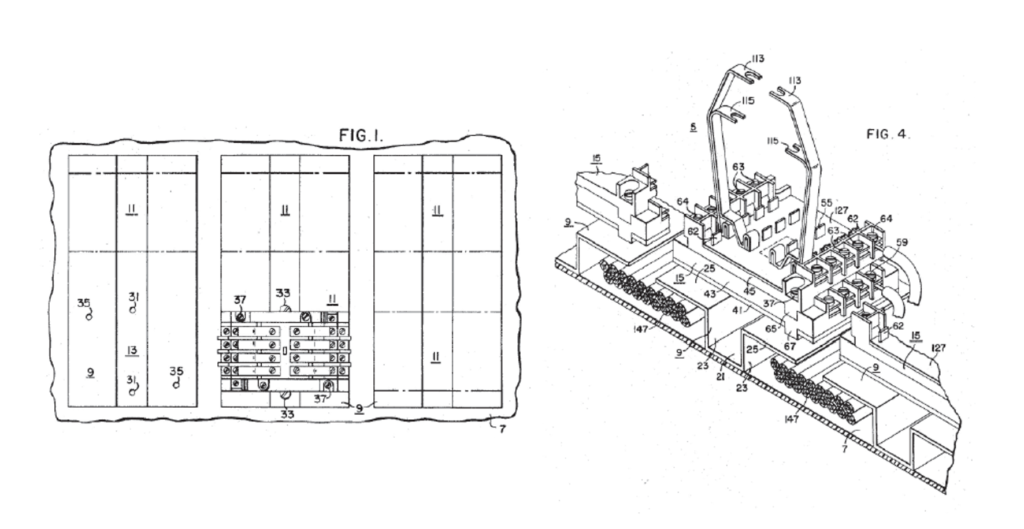Reversing a summary judgment ruling that barred a correction of inventorship claim, the US Court of Appeals for the Federal Circuit, found issues of material fact foreclosed summary judgment and warned that where an issue is a “quintessentially fact-laden one” such as equitable issue involving possible equitable estoppel on inventorship, summary judgement is likely not appropriate.. Ferring B.V. et al. v. Allergan, Inc. et al., Case No. 20-1098 (Fed. Cir. Nov. 10, 2020) (O’Malley, J.)
From 1998 to 2002, Dr. Seymour Fein worked as a consultant for Ferring Pharmaceuticals to develop a drug that helps regulate the body’s retention of water. That work apparently did not include any obligation by Fein to assign any inventions. As a result, both Ferring and Fein ultimately filed dueling patent applications directed to aspects of the drug and its use. In correspondence that took place while patent prosecution was pending, Fein indicated to Ferring that his application would be directed to a low dose administration route for the drug. Ferring responded that it believed that aspect (i.e., the low dose route) to be disclosed by prior art. Both sides eventually obtained patents, and Fein assigned his patents to Allergan.
In 2012, Ferring filed a state court action for correction of inventorship, seeking to add its researchers to Fein’s patents. Allergan counterclaimed with its own inventorship claim seeking to add Fein to Ferring’s patents, and also asserted an equitable estoppel defense based on the above-noted correspondence between the parties that occurred during patent prosecution. Allergan then moved for summary judgment on its equitable estoppel defense, which was granted. The judge subsequently held a bench trial and rejected Allergan’s inventorship claim. Ferring appealed the summary judgment decision.
On appeal, the Federal Circuit rejected Ferring’s argument that the trial court should not have considered any conduct that preceded issuance of the patents for purposes of equitable estoppel. However, the Federal Circuit held that the trial court’s summary judgment decision had improperly resolved issues of material fact regarding that pre-issuance conduct. According to the Federal Circuit, the pre-issuance discussions did not lead to only one possible inference, but rather were subject to interpretation because the claim scope discussed (low dose administration) did not necessarily match the claim scope ultimately granted. As a result, the Federal Circuit vacated the summary judgment decision and remanded to the district court.
read more

 Subscribe
Subscribe




